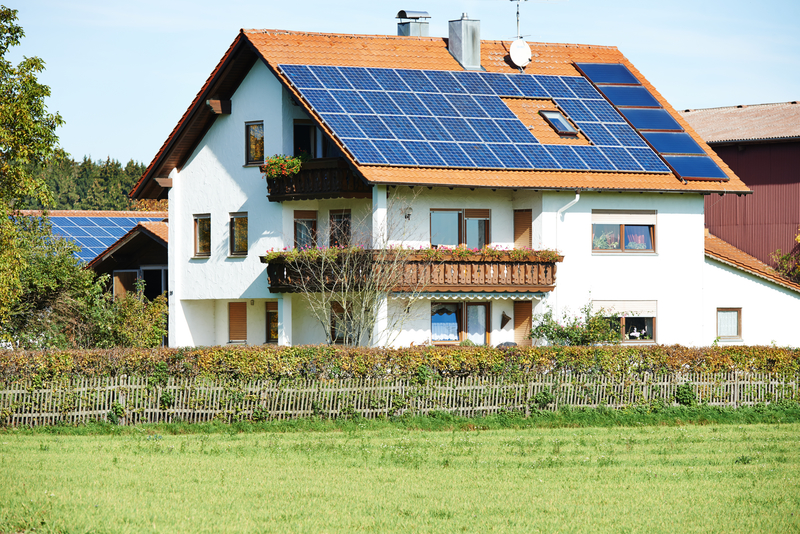Your goal as a homesteader is to become self-reliant. You want to grow your own food and preserve it for future use. You want to know that you and your family can survive even if disaster strikes.
One of the most persistent challenges faced by a homesteader like you is generating electricity to power your home. Most people rely on public power sources – more commonly known as the grid – for the electricity they need.
Homesteaders tend to live in rural areas where the grid may be less reliable. For them, finding alternatives is desirable and cost-effective.
With that in mind, let’s talk about some of the methods you can use to generate your own electricity off the grid.
Solar Energy
One of the most popular ways to generate electricity off the grid is to install solar panels on or around your home. Photovoltaic (PV) panels collect energy from the sun.
In addition to panels, you’ll need a solar system to transport energy from the panels. It should include a combiner box, a charge controller, solar batteries, and a DC-to-AC inverter to put the energy in a usable form.
Photovoltaic panels can be expensive, but they also pay for themselves quickly. They’re a good option if you want to generate enough power for all your electricity needs.
Wind Power
Another electricity option that’s popular with homesteaders is wind energy. To harness the power of the wind, you’ll need at least one – but possibly several – wind turbines.
To make effective use of wind turbines, you’ll need an open space that gets reasonably steady wind. Homesteaders who live in heavily wooded areas will need turbines that reach above the treetops to get good results.
Keep in mind that turbines can be noisy. If you can set them up at a distance from the house, you can reduce the noise. As you would with solar panels, you’ll need batteries to store the energy you collect.
Hydroelectric Power
If you have the right type of moving water on your property, hydroelectric power can be a cost-effective way to generate the electricity you need.
A simple moving stream won’t generate much power, although you could use it as a supplement to other power sources such as solar and wind.
However, if you have a waterfall or a downhill river or stream, you can generate a significant amount of power.
Power Generators
It’s common for homesteaders to begin their experimentation with moving off the grid with a generator. There are two types to consider:
- Portable generators are small and usually run on gasoline. When your power goes out, you’ll have to connect appliances to the generator manually to get them to work.
- Standby generators are larger than portable generators. They run on propane or natural gas, and they come on automatically when there’s a power outage.
As you might expect, portable generators are less expensive than standby generators. If you decide to try a portable generator, consider buying a model with wheels so you can move it from one place to another without a hassle.
Combining Multiple Methods
Many homesteaders don’t rely on one method of generating power for their homes. It’s common to combine two or more methods.
For example, you might have solar panels on your roof and wind turbines set up in a nearby field. You might also keep a portable generator to use in emergencies. The key to choosing the best combination is to evaluate your home power needs and budget and choose accordingly.
Have you tried any of these power generation methods at home? Tell us in the comments!




